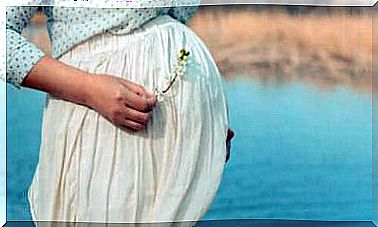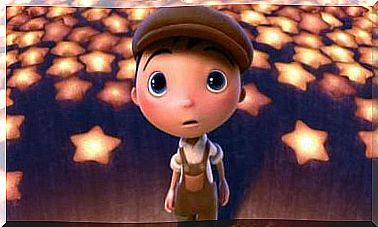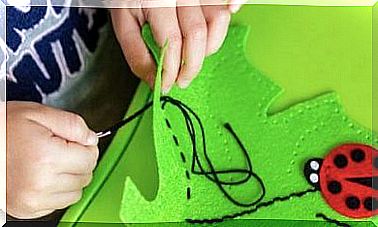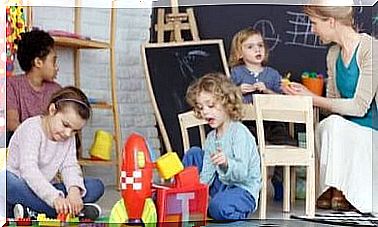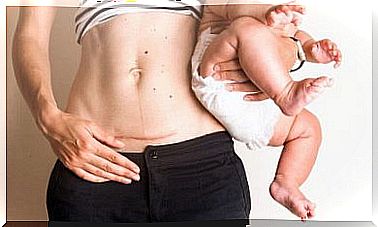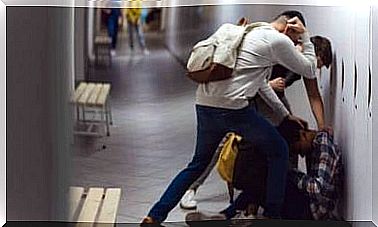Your Newborn Baby’s Reflexes: What You Need To Know

Much of your child’s physical activity in the first weeks of life consists of automatic reflexes. For example, if you put your finger in the baby’s mouth, he will suck on it. When the light is strong, he closes his eyes tightly. These are automatic answers, ie. your newborn baby’s reflexes. Some can last for months, while others disappear after just a few weeks.
Your newborn baby’s reflexes
We now explain more about your newborn baby’s reflexes and you will understand why your baby has them and what each of them means. This way, it will be easier for you to understand your little one.
The search reflex
In some cases , these reflexes develop into voluntary responses as the child gets older. For example, your baby is born with a “search reflex”: he turns his head if you touch his cheek.
This is a reflex that helps your baby find his mother’s nipple to eat. At first he just turns from side to side, but over time he will be able to move his head in different directions to get in the right position.
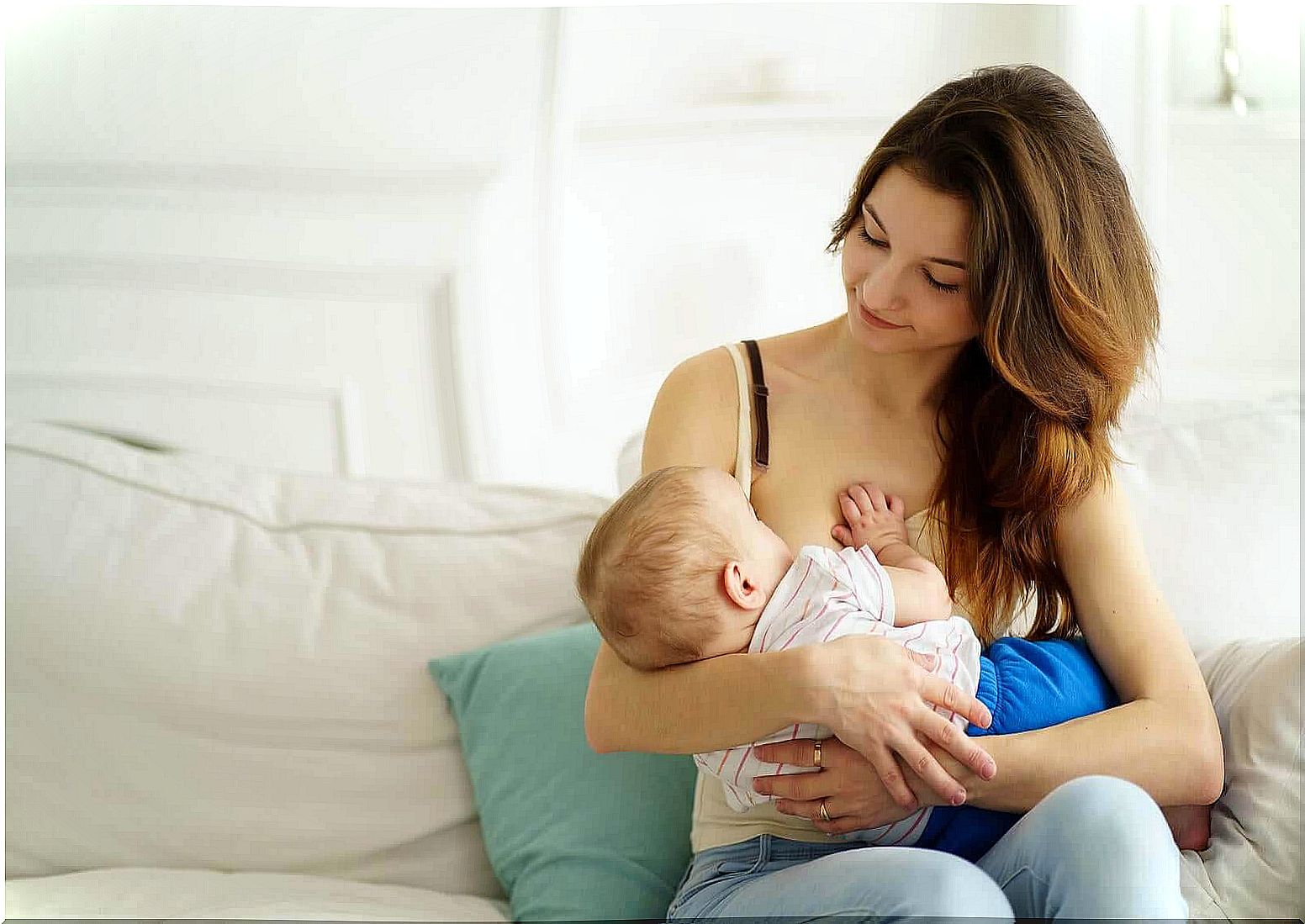
The sucking reflex
Sucking is another reflex that is important for a child’s survival. This reflex develops even before birth. You may have seen this reflex on your child’s ultrasound, perhaps when he put his thumb in his mouth. After birth, when a nipple or baby bottle is placed in the baby’s mouth and touches the palate, the baby automatically begins to suck.
This movement actually takes place in two steps:
- The baby places the lips around the nipple and presses the nipple between the tongue and the palate.
- Then comes the sucking itself, as the tongue moves from the areola to the nipple.
Coordinating these rhythmic suction movements with breathing and swallowing is relatively complicated for a newborn. So even though it is automatic, not all children master it from the beginning.
But with practice, reflexes become a skill that all children learn to control. Your baby also begins to use these movements to find comfort and security, e.g. when you give the baby a pacifier or when it sucks on its own thumb.
The morore reflex, one of your newborn baby’s reflexes
One of your newborn’s reflexes during the first few weeks is called the Mororeflex, or the embrace reflex. If your child’s head suddenly changes position, or if something loud or sudden frightens him, he will react by hitting his arms, legs and stretching his neck. He will change his normal facial expression to reflect fear and then withdraw his arms quickly. He can also cry out loud.
The morore reflex, which can occur to varying degrees in different children, is strongest during the first month and disappears after only two months. Often this reflex disappears almost completely without you even noticing it.
The grip reflex or the palmar reflex
You will see another reflex when you stroke your child’s palm. Your child will immediately grab the finger! Or alternatively, you can caress the sole of the foot and see how it bends and at the same time rolls in the toes.
During the first days after birth, your baby’s grip will be so strong that it seems as if he could hold up quite heavy objects. Do not try, because your child is not ready to do it yet. Your baby has no control over this response and may suddenly let go.
The tonic neck reflex
One of the most interesting automatic reflexes is the asymmetric tonic neck reflex, also called “fencing response”. You may notice that when your child’s head turns to one side, the arm on that side extends up and the other arm bends as if the child were fencing.
But do not be surprised if you do not see this answer in your child. It’s subtle, and if your child is upset or crying, he may not be doing it. The reflex disappears between the ages of five and seven months, but even if your baby has this reflex, it can go unnoticed.
Your newborn’s reflexes: the gait reflex
Another reflex in infants is the gait reflex. He can not carry his own weight, but if you hold him under your arms (also support your head) and let your feet touch a flat surface , he will put one foot in front of the other as if he were walking.
This reflex disappears after two months. However, it comes back again, but then in a form of voluntary behavior that will help him on the way to really going towards the end of his first year.
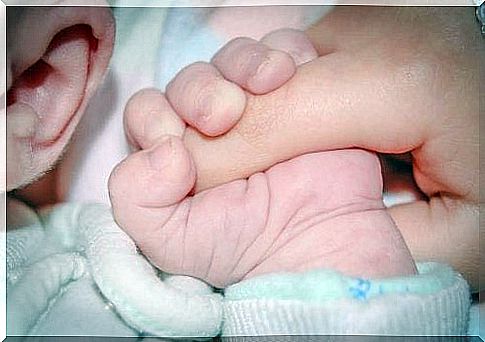
In short, even though you may have thought that infants are completely helpless , they actually have several protective reflexes. For example, if an object flies directly at your child, he will turn his head away to try to get out of the way.
Of course, newborns are completely dependent on their parents for their development, growth, food and everything else, but these reflexes help them to perform certain actions linked to their survival, such as sucking and eating.

